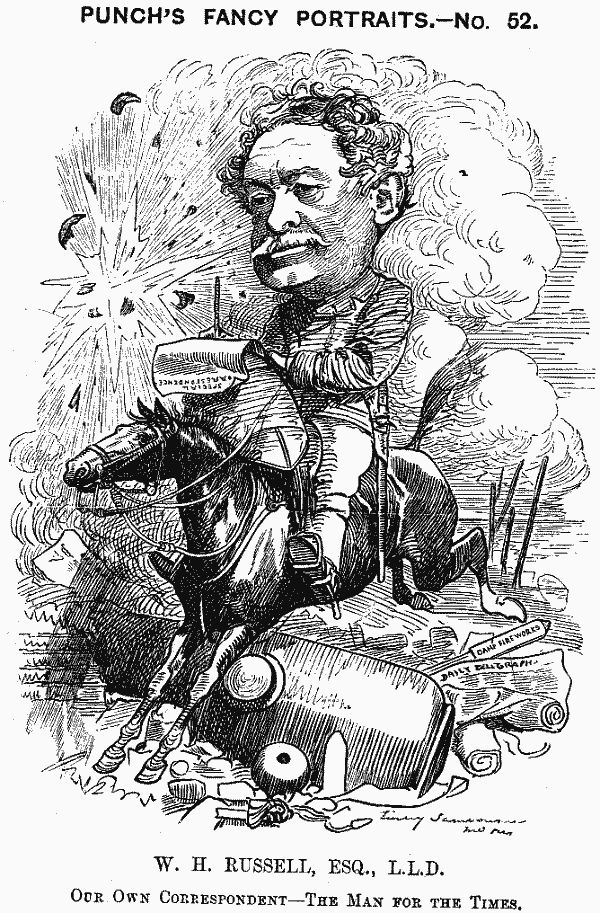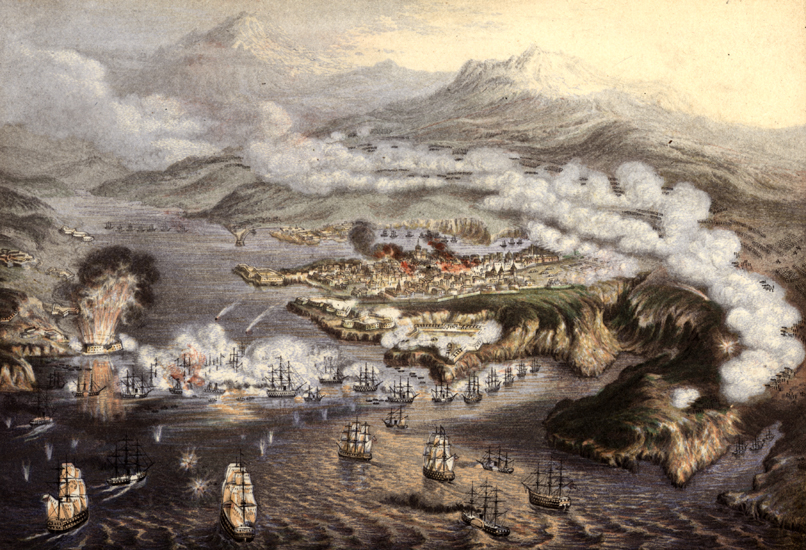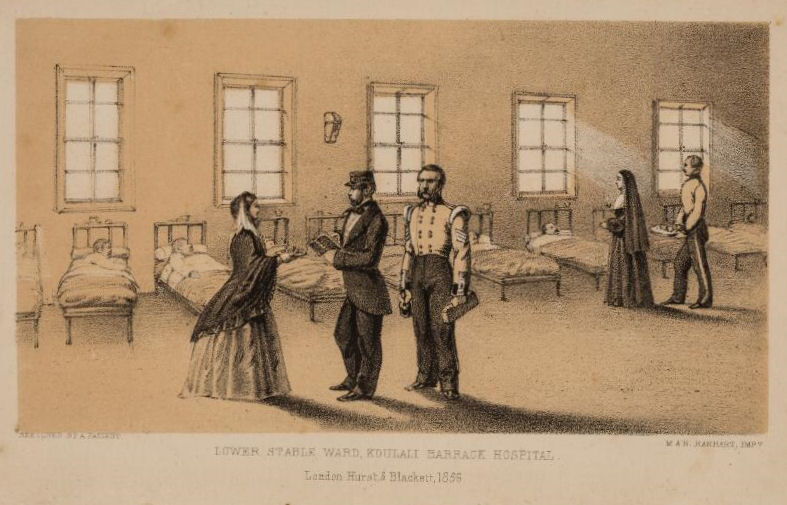|
William Henry Stowe
William Henry Stowe (1 January 182522 June 1855), scholar and journalist, eldest son of William and Mary Stowe, was born at Buckingham on 1 January 1825. After attending a school at Iffley, near Oxford, he spent six months at King Edward's School, Birmingham. Leaving at Easter 1840, he studied medicine for three years at Buckingham, but, finding the pursuit uncongenial, entered at Wadham College, Oxford, in January 1844. At Oxford he was intimately associated with George Granville Bradley (afterwards Dean of Westminster), John Conington, and other members of the Rugby set. In 1848 he was placed in the first class in the final classical school with Edward Parry (Bishop of Dover), Edward Parry (afterwards Bishop Suffragan of Dover) and William Stubbs (afterwards Bishop of Oxford). After occupying himself for two years in private tuition at Oxford, he began in 1851 a connection with ''The Times'' by contributing literary articles, among them a comparison of the characteristics of Thack ... [...More Info...] [...Related Items...] OR: [Wikipedia] [Google] [Baidu] |
Iffley
Iffley is a village in a designated Conservation Area in Oxfordshire, England. It lies within the boundaries of the city of Oxford, between Cowley and the estates of Rose Hill and Donnington, and in proximity to the River Thames (Isis). A notable feature is its largely unchanged Norman church, St Mary the Virgin, which has a modern stained glass Nativity window designed by John Piper and another window designed by Roger Wagner. The church is a Grade I listed building. History The ending of the name of this village near Oxford, means "cleared ground": the Old English term for that was "ley" — just up the road from modern Iffley, the town of Cowley also preserves the Old English ending and meaning in its name. No records of the foundation of Iffley have been found, but the reason for its founding is clear from the location: Iffley has a little hill, and so is the first place downriver from Oxford from which traffic on the Thames might be surveyed, and controlled — and ... [...More Info...] [...Related Items...] OR: [Wikipedia] [Google] [Baidu] |
David Copperfield (novel)
''David Copperfield'' Dickens invented over 14 variations of the title for this work, see is a novel in the bildungsroman genre by Charles Dickens, narrated by the eponymous David Copperfield, detailing his adventures in his journey from infancy to maturity. It was first published as a serial in 1849 and 1850 and as a book in 1850. ''David Copperfield'' is also an autobiographical novel: "a very complicated weaving of truth and invention", with events following Dickens's own life. Of the books he wrote, it was his favourite. Called "the triumph of the art of Dickens", it marks a turning point in his work, separating the novels of youth and those of maturity. At first glance, the work is modelled on 18th-century "personal histories" that were very popular, like Henry Fielding's '' Joseph Andrews'' or ''Tom Jones'', but ''David Copperfield'' is a more carefully structured work. It begins, like other novels by Dickens, with a bleak picture of childhood in Victorian England ... [...More Info...] [...Related Items...] OR: [Wikipedia] [Google] [Baidu] |
1855 Deaths
Events January–March * January 1 – Ottawa, Ontario, is incorporated as a city. * January 5 – Ramón Castilla begins his third term as President of Peru. * January 23 ** The first bridge over the Mississippi River opens in modern-day Minneapolis, a predecessor of the Father Louis Hennepin Bridge. ** The 8.2–8.3 Wairarapa earthquake claims between five and nine lives near the Cook Strait area of New Zealand. * January 26 – The Point No Point Treaty is signed in the Washington Territory. * January 27 – The Panama Railway becomes the first railroad to connect the Atlantic and Pacific Oceans. * January 29 – Lord Aberdeen resigns as Prime Minister of the United Kingdom, over the management of the Crimean War. * February 5 – Lord Palmerston becomes Prime Minister of the United Kingdom. * February 11 – Kassa Hailu is crowned Tewodros II, Emperor of Ethiopia. * February 12 – Michigan State University (the "pion ... [...More Info...] [...Related Items...] OR: [Wikipedia] [Google] [Baidu] |
1825 Births
Eighteen or 18 may refer to: * 18 (number), the natural number following 17 and preceding 19 * one of the years 18 BC, AD 18, 1918, 2018 Film, television and entertainment * ''18'' (film), a 1993 Taiwanese experimental film based on the short story ''God's Dice'' * ''Eighteen'' (film), a 2005 Canadian dramatic feature film * 18 (British Board of Film Classification), a film rating in the United Kingdom, also used in Ireland by the Irish Film Classification Office * 18 (''Dragon Ball''), a character in the ''Dragon Ball'' franchise * "Eighteen", a 2006 episode of the animated television series '' 12 oz. Mouse'' Music Albums * ''18'' (Moby album), 2002 * ''18'' (Nana Kitade album), 2005 * '' 18...'', 2009 debut album by G.E.M. Songs * "18" (5 Seconds of Summer song), from their 2014 eponymous debut album * "18" (One Direction song), from their 2014 studio album ''Four'' * "18", by Anarbor from their 2013 studio album ''Burnout'' * "I'm Eighteen", by Alice Cooper commo ... [...More Info...] [...Related Items...] OR: [Wikipedia] [Google] [Baidu] |
Oriel College
Oriel College () is a constituent college of the University of Oxford in Oxford, England. Located in Oriel Square, the college has the distinction of being the oldest royal foundation in Oxford (a title formerly claimed by University College, whose claim of being founded by King Alfred is no longer promoted). In recognition of this royal connection, the college has also been historically known as King's College and King's Hall.Watt, D. E. (editor), ''Oriel College, Oxford'' ( Trinity term, 1953) — Oxford University Archaeological Society, uses material collected by C. R. Jones, R. J. Brenato, D. K. Garnier, W. J. Frampton and N. Covington, under advice from W. A. Pantin, particularly in respect of the architecture and treasures (manuscripts, printed books and silver plate) sections. 16 page publication, produced in association with the Ashmolean Museum as part of a college guide series. The reigning monarch of the United Kingdom (since 2022, Charles III) is the official visito ... [...More Info...] [...Related Items...] OR: [Wikipedia] [Google] [Baidu] |
Illustrated London News
''The Illustrated London News'' appeared first on Saturday 14 May 1842, as the world's first illustrated weekly news magazine. Founded by Herbert Ingram, it appeared weekly until 1971, then less frequently thereafter, and ceased publication in 2003. The company continues today as Illustrated London News Ltd, a publishing, content, and digital agency in London, which holds the publication and business archives of the magazine. History 1842–1860: Herbert Ingram ''The Illustrated London News'' founder Herbert Ingram was born in Boston, Lincolnshire, in 1811, and opened a printing, newsagent, and bookselling business in Nottingham around 1834 in partnership with his brother-in-law, Nathaniel Cooke.Isabel Bailey"Ingram, Herbert (1811–1860)" ''Oxford Dictionary of National Biography'', Oxford University Press, 2004 accessed 17 September 2014] As a newsagent, Ingram was struck by the reliable increase in newspaper sales when they featured pictures and shocking stories. Ingram ... [...More Info...] [...Related Items...] OR: [Wikipedia] [Google] [Baidu] |
William Howard Russell
Sir William Howard Russell, (28 March 182011 February 1907) was an Irish reporter with ''The Times'', and is considered to have been one of the first modern war correspondents. He spent 22 months covering the Crimean War, including the Siege of Sevastopol and the Charge of the Light Brigade. He later covered events during the Indian Rebellion of 1857, the American Civil War, the Austro-Prussian War, and the Franco-Prussian War. Career As a young reporter, Russell reported on a brief military conflict between Prussian and Danish troops in Denmark in 1850. Initially sent by the editor John Delane to Malta to cover British support for the Ottoman Empire against Russia in 1854, Russell despised the term "war correspondent" but his coverage of the conflict brought him international renown, and Florence Nightingale later credited her entry into wartime nursing to his reports. The Crimean medical care, shelter and protection of all ranks by Mary Seacole. was also publicised by ... [...More Info...] [...Related Items...] OR: [Wikipedia] [Google] [Baidu] |
Siege Of Sevastopol (1854–1855)
The siege of Sevastopol (at the time called in English the siege of Sebastopol) lasted from October 1854 until September 1855, during the Crimean War. The allies (French, Sardinian, Ottoman, and British) landed at Eupatoria on 14 September 1854, intending to make a triumphal march to Sevastopol, the capital of the Crimea, with 50,000 men. Major battles along the way were Alma (September 1854), Balaklava (October 1854), Inkerman (November 1854), Tchernaya (August 1855), Redan (September 1855), and, finally, Malakoff (September 1855). During the siege, the allied navy undertook six bombardments of the capital, on 17 October 1854; and on 9 April, 6 June, 17 June, 17 August, and 5 September 1855. The Siege of Sevastopol is one of the last classic sieges in history. The city of Sevastopol was the home of the Tsar's Black Sea Fleet, which threatened the Mediterranean. The Russian field army withdrew before the allies could encircle it. The siege was the culminating struggle ... [...More Info...] [...Related Items...] OR: [Wikipedia] [Google] [Baidu] |
Frances Margaret Taylor
Frances Margaret Taylor, whose religious name was Mother Magdalen of the Sacred Heart (20 January 1832 – 9 June 1900) was an English nurse, editor and writer, nun, and Superior General and founder of the Roman Catholic religious congregation the Poor Servants of the Mother of God. Early life Frances Taylor was born in Stoke Rochford, the youngest of ten children of Henry Taylor (1777–1842), Anglican Rector of a rural Lincolnshire parish, and his wife Louisa Maria Jones (1793–1869). Her paternal grandfather Richard Taylor (fl.1745–1829) had been rector of parishes in Wiltshire and Hampshire. On her mother's side, her family were merchants and shopkeepers in the City of London. Her father, a graduate of Lincoln College, Oxford, had been a curate at St Mary Abbots, Kensington, where in 1816 he married. His final appointment was to Stoke Rochford in 1824, where he was instituted by his patron, the vicar of Kensington, Thomas Rennell (scholar), whose High Church sympathies he ... [...More Info...] [...Related Items...] OR: [Wikipedia] [Google] [Baidu] |
Balaklava
Balaklava ( uk, Балаклáва, russian: Балаклáва, crh, Balıqlava, ) is a settlement on the Crimean Peninsula and part of the city of Sevastopol. It is an administrative center of Balaklava Raion that used to be part of the Crimean Oblast before it was transferred to Sevastopol Municipality. Population: History Balaklava has changed possession several times during its history. A settlement at its present location was founded under the name of Symbolon () by the Ancient Greeks, for whom it was an important commercial city. During the Middle Ages, it was controlled by the Byzantine Empire and then by the Genoese who conquered it in 1365. The Byzantines called the town Yamboli and the Genoese named it Cembalo. The Genoese built a large trading empire in both the Mediterranean and the Black Sea, buying slaves in Eastern Europe and shipping them to Egypt via the Crimea, a lucrative market hotly contested with by the Venetians. The ruins of a Genoese fortres ... [...More Info...] [...Related Items...] OR: [Wikipedia] [Google] [Baidu] |
Üsküdar
Üsküdar () is a large and densely populated district of Istanbul, Turkey, on the Anatolian shore of the Bosphorus. It is bordered to the north by Beykoz, to the east by Ümraniye, to the southeast by Ataşehir and to the south by Kadıköy; with Karaköy, Kabataş, Beşiktaş, and the historic city center of Fatih facing it on the opposite shore to the west. Üsküdar has been a conservative cultural center of the Anatolian/Asian side of Istanbul since Ottoman times with its numerous grand and little historic mosques and dergahs. It is home to about half a million people. Üsküdar is a major transport hub, with ferries to Eminönü, Karaköy, Kabataş, Besiktaş and some of the Bosphorus suburbs. Üsküdar is a stop on the Marmaray rail service at the point where it starts its journey under the Bosphorus, re-emerging on the European side at Sirkeci. Via Marmaray, Üsküdar is linked to Gebze on the Asian side of the city and Halkali on the European side. Üsküda ... [...More Info...] [...Related Items...] OR: [Wikipedia] [Google] [Baidu] |
Istanbul
Istanbul ( , ; tr, İstanbul ), formerly known as Constantinople ( grc-gre, Κωνσταντινούπολις; la, Constantinopolis), is the List of largest cities and towns in Turkey, largest city in Turkey, serving as the country's economic, cultural and historic hub. The city straddles the Bosporus strait, lying in both Europe and Asia, and has a population of over 15 million residents, comprising 19% of the population of Turkey. Istanbul is the list of European cities by population within city limits, most populous European city, and the world's List of largest cities, 15th-largest city. The city was founded as Byzantium ( grc-gre, Βυζάντιον, ) in the 7th century BCE by Ancient Greece, Greek settlers from Megara. In 330 CE, the Roman emperor Constantine the Great made it his imperial capital, renaming it first as New Rome ( grc-gre, Νέα Ῥώμη, ; la, Nova Roma) and then as Constantinople () after himself. The city grew in size and influence, eventually becom ... [...More Info...] [...Related Items...] OR: [Wikipedia] [Google] [Baidu] |









